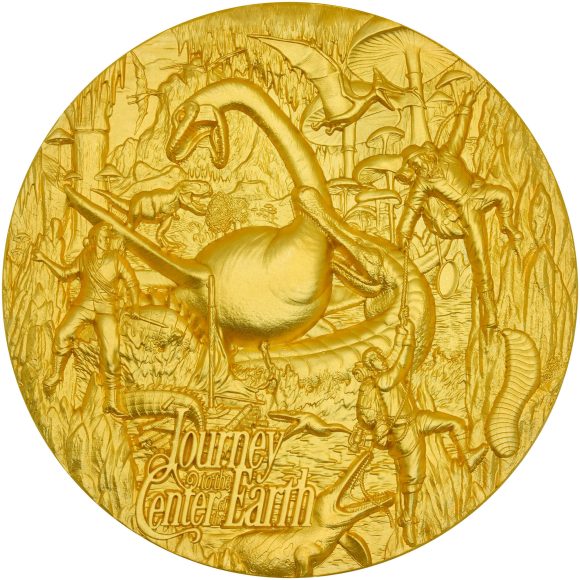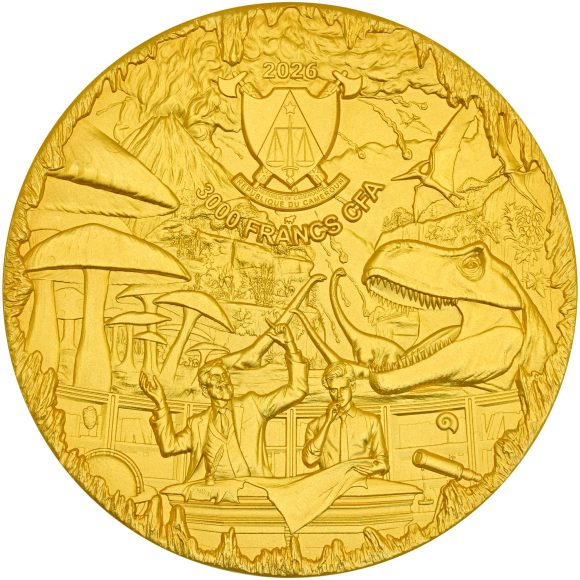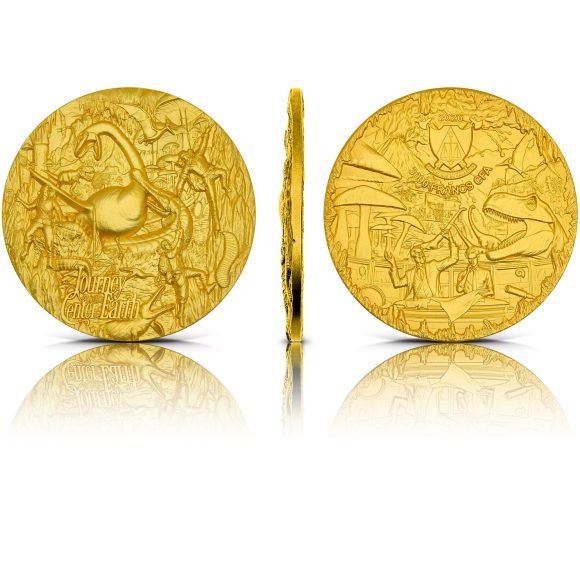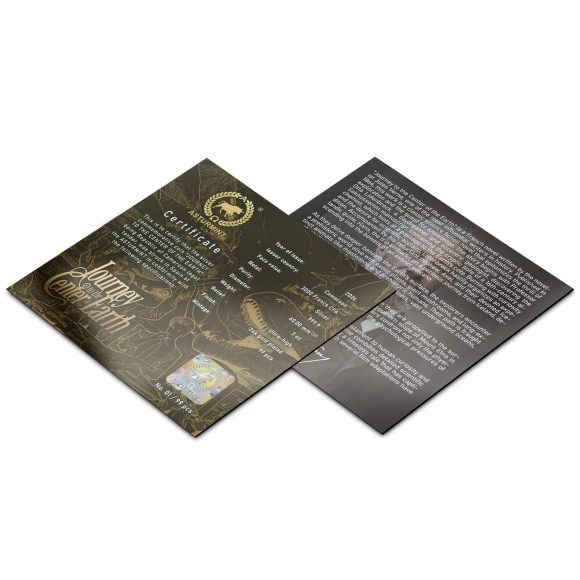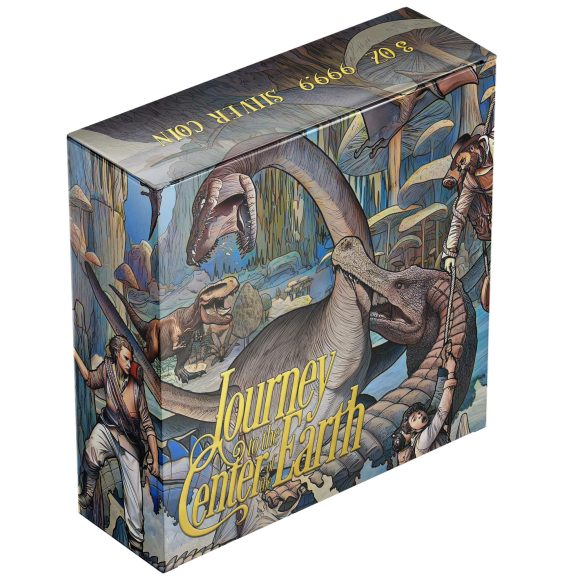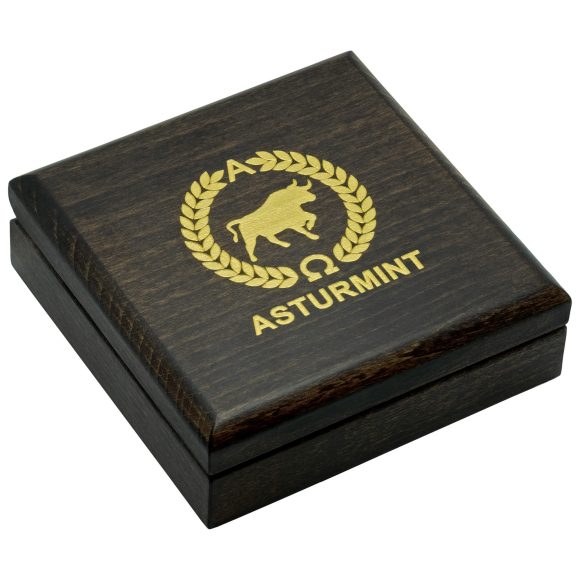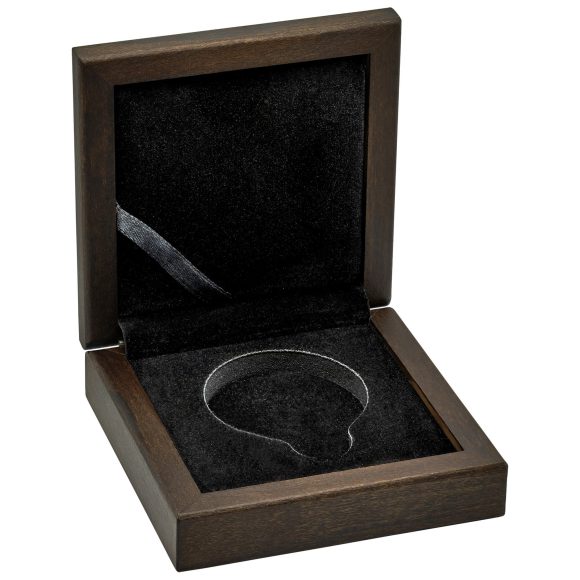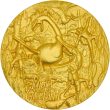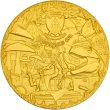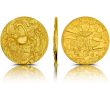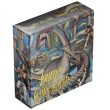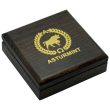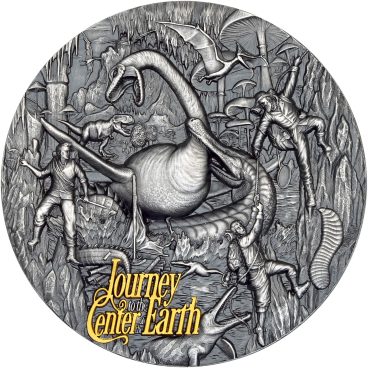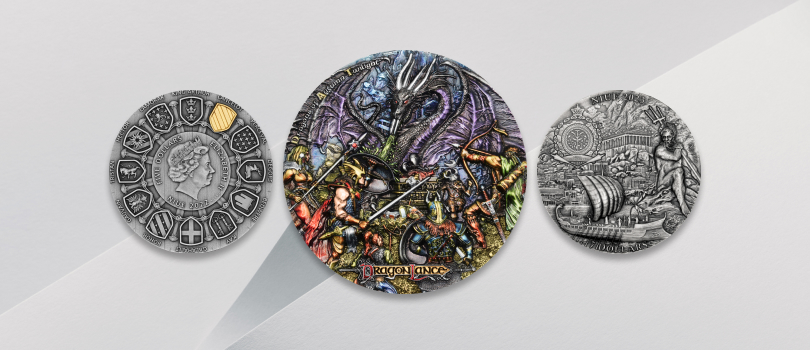Journey to the Center of the Earth (Voyage au centre de la Terre, 1864) is one of Jules Verne’s most iconic works, blending 19th-century science with pure adventure.
The story begins in Hamburg in 1863, when mineralogist Professor Otto Lidenbrock (in the original, Otto Lidenbrock, sometimes translated as von Lidenbrock) discovers a coded scroll inside a copy of Heimskringla by Snorri Sturluson. The message, written in runes by the 16th-century Icelandic alchemist Arne Saknussemm, points to a path leading to the center of the Earth through the crater of Sneffels, an extinct volcano in Iceland.
Lidenbrock, accompanied by his nephew Axel (the novel’s narrator) and the Icelandic guide Hans Bjelke, travels to Reykjavik and then to Sneffels. On June 28, they descend through the Scartaris crater, marking the start of an underground expedition that passes through geological galleries, basalt, granite, and limestone layers, reaching a depth that Verne estimates at more than 140 km beneath the Earth’s crust (according to Lidenbrock’s fictional calculations, though scientifically inaccurate).
During the journey, they discover an underground sea approximately 80 km wide, named the Lidenbrock Sea, where they sail on an improvised raft called Virgil. Along its shores they find giant fossil remains, forests of colossal mushrooms, and prehistoric creatures such as the ichthyosaurus and the plesiosaurus, reflecting paleontological theories of the 19th century. They even encounter a primitive man living alongside mammoths, in a scene blending scientific speculation with fantasy.
Eventually, after a volcanic eruption, the trio is expelled to the surface by Mount Stromboli in Italy, on August 27. Although they don’t literally reach the planet’s center, they return with valuable geological and paleontological knowledge, and with proof that the Earth’s interior still holds unknown secrets.
Though we now know its data is geologically impossible, the work was a pioneer in scientific science fiction literature. Verne integrates real theories of the time, such as stratigraphy, volcanism, and paleontology, with a narrative of exploration that made this novel a universal classic.
The reverse is intended to represent much of the plot through a scene that summarizes many of the situations the protagonists have endured: climbing large rocks, escaping all kinds of giant animals that wanted to devour them, traveling through caves, crossing fields of giant mushrooms, witnessing battles between large dinosaurs, using a wooden raft… A coin full of details, minted in ultra-high relief and fully plated in 24k gold.
The obverse represents the moment when Professor Lidenbrock fantasizes about the adventure of his life, the journey to the center of the Earth, telling it to his nephew in a large mineralogy hall, where giant mushrooms, dinosaurs, rocks, sea, caves, and a great erupting volcano that will destroy everything appear. It also includes the face value, the country, the year of issue, the weight, the metal, and its purity.

